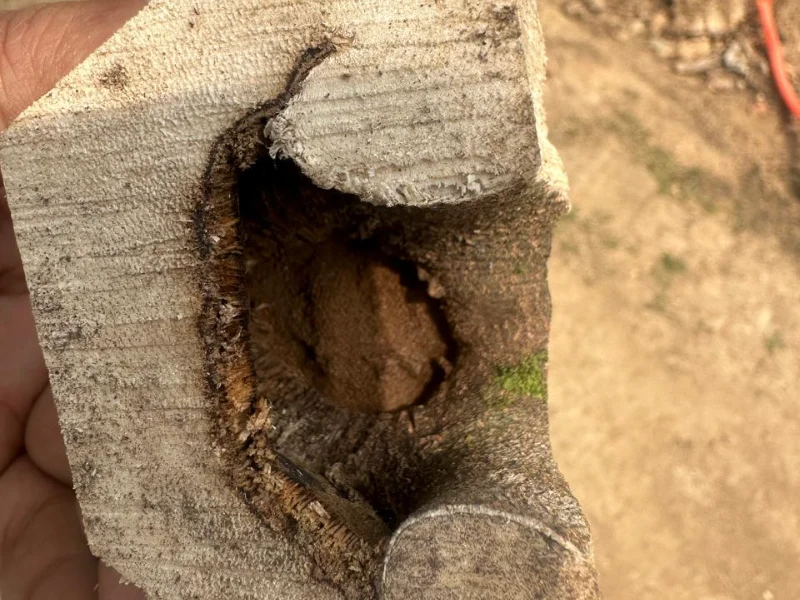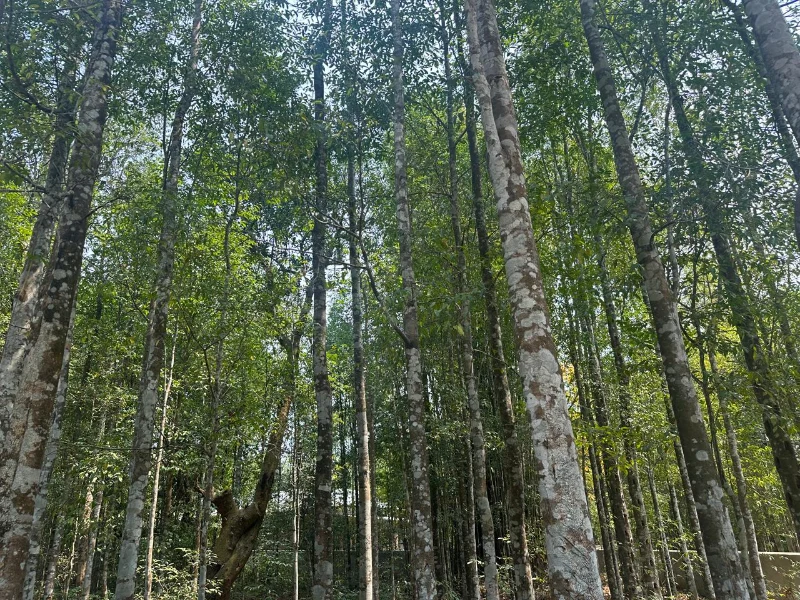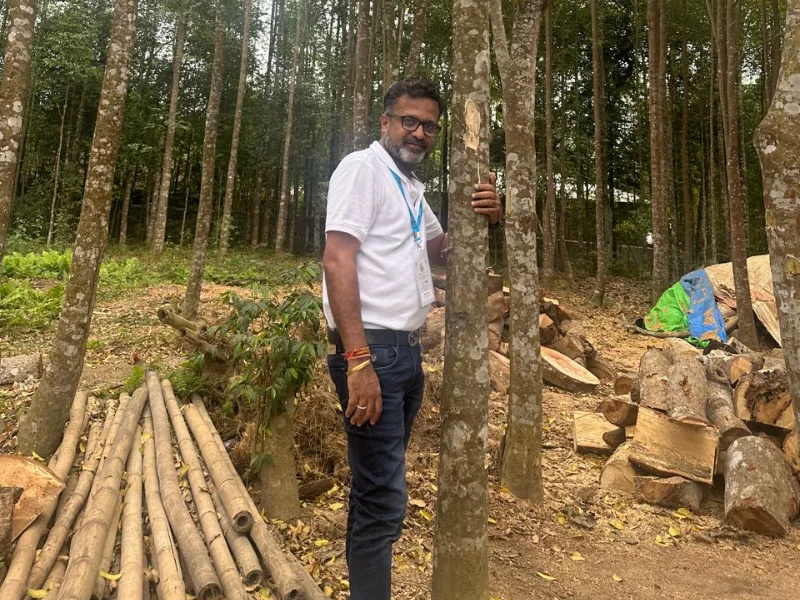Discovering the Richness of Agarwood in Tripura: A Journey of Tradition and Potential
In the heart of India’s northeastern region lies Tripura, a state brimming with natural beauty and a treasure trove of aromatic wonders. Recently, I had the opportunity to delve into the world of Agarwood during a study tour, collaborating with the Government of Tripura. Our field visit took us to Dharmanagar, a quaint town three hours by train from Agartala, where the story of Agarwood truly comes to life.
A Living Tradition
Agarwood, known locally as “Oud,” has been an integral part of Tripura’s heritage. The journey of Agarwood begins with the planting of saplings, sold at a modest price of 10 to 12 rupees each. These trees, nurtured by the hands of local farmers, grow over the years, becoming a part of the landscape and the community.
Nature’s Touch
What makes Agarwood truly special is its natural infection process. Unlike artificial methods used elsewhere, around 30 to 40% of Tripura’s Agarwood trees are naturally infected. The infection process is encouraged by making small diggings in the tree stems, allowing nature to take its course. This natural infection process is key to the quality and aroma of the oil extracted from the trees.
From Tree to Treasure
The oil extraction process begins when the trees reach around ten years of age. Each infected tree holds a promise of precious oil, with approximately 150ml of oil being extracted from 40kg of infected wood. The yield varies depending on the extent of infection, making each batch of oil unique and special.
A Community Endeavor
One of the most fascinating aspects of our visit was seeing how Agarwood cultivation is woven into the fabric of Dharmanagar’s community. Every household has embraced Agarwood, planting trees in their open areas, contributing to the estimated 15 lakh trees in the region. Distillers, however, claim the number is closer to 1.5 crore trees, showcasing the widespread cultivation of this aromatic treasure.
Nurturing the Future
Planting an Agarwood tree is an act of faith and patience. The process starts with making a square hole, about 2 feet in diameter and 1.5 to 2 feet deep, to provide the sapling with a strong foundation. Over the years, these trees grow and mature, becoming a valuable asset for the farmers and the community.
Collaborating for Growth
Recognizing the potential of Agarwood, the Essential Oils Association of India (EOAI) is in communication with the Government of Tripura to promote Agarwood cultivation further. The documentation and procedural work are ongoing, aiming to enhance the support and resources available to local farmers.
A Fragrant Future
Our visit to Dharmanagar was not just a study tour; it was an immersion into a world where tradition meets potential. The dedication of the local farmers, the natural beauty of the Agarwood trees, and the collaborative efforts to promote this aromatic treasure all paint a promising picture for the future of Agarwood in Tripura.
As we continue to explore and understand the nuances of Agarwood cultivation, one thing remains clear: Tripura’s Agarwood is not just a product; it’s a testament to the region’s rich heritage and the enduring spirit of its people.



